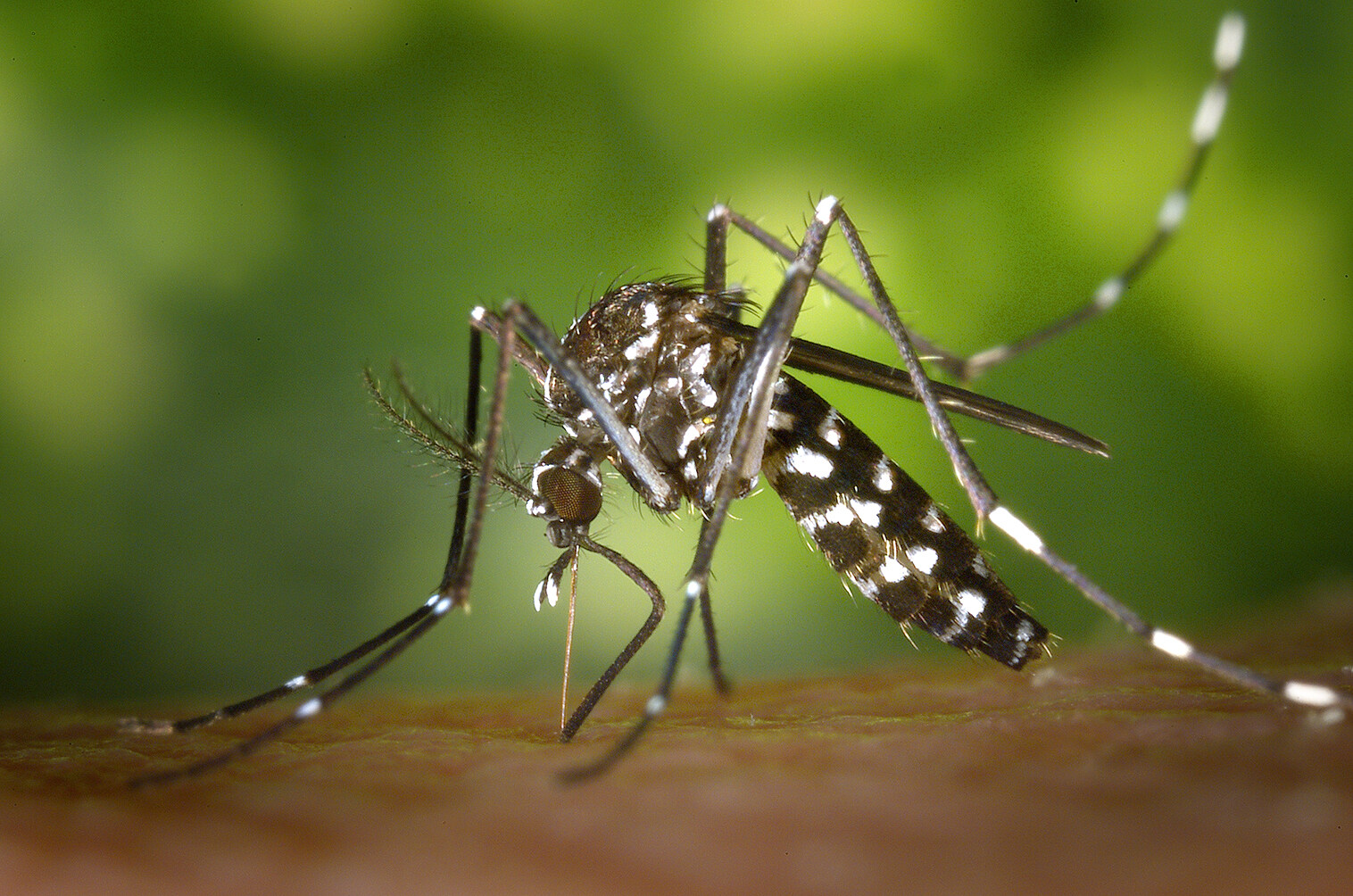A recent study on the killing of mosquitoes in Nature was carried out on two small islands in Guangzhou. The researchers combined two techniques for remodeling mosquitoes to kill the Aedes albopictus on the island. The study will surely leave a strong mark on the history of mosquito-borne infectious disease control.
Let us first understand the Aedes albopictus:
Aedes albopictus —— bloodsucking overlord

Aggressive: ★★★★★, female mosquito bloodthirsty, flying fast, can do the “high difficulty” such as rollover, dive, sharp turn, sudden acceleration or deceleration as desired;
Hazard index: ★★★★★, as a viral medium, spread a variety of pathogens, including dengue fever, malaria, yellow fever, Chikungunya virus, Zika, etc.;
Mosquito killing legend
All along, human beings are struggling with mosquitoes, and there are many novel ideas, such as making mosquitoes "infertile." Scientists originally envisaged that male mosquitoes became sterile by radiation and then placed in the wild to mate with female mosquitoes, so that over time, the number of mosquito populations decreased. However, infertile male mosquitoes have lost their appeal to female mosquitoes, and female mosquitoes have been mated with other wild mosquitoes, so this method has had little effect.
Another way is to get mosquitoes to infect a bacterium called Wolbachia. When the infected male mosquito and the uninfected female mosquito mate, the sperm cells of Wolbachia encounter egg cells that do not contain the same kind of bacteria, and their eggs will not hatch due to the phenomenon of "cytoplasmic non-fusion". However, if the female mosquito is also infected with the same Wolbachia strain, the technique does not work. And the mosquito carrying the bacteria successfully mated to produce more Wolbachia-infected female mosquitoes, which destroyed the expected results; at the same time, these mosquitoes also developed resistance. It is extremely difficult to place only male mosquitoes infected with Wolbachia. The researchers used gender sorting techniques to distinguish between about 0.3% female mosquitoes.
then what should we do? The principle of the two technologies is prefect, or do you want to combine the two technologies?
Combined transformation
The researchers used low-level radiation from Wolbachia-infected mosquitoes in the laboratory, which made females sterile but allowed males to reproduce.
In this way, the research team is liberated from the complicated gender classification, which also means that they can release more "infertile" mosquitoes at a time (and call them "spy" mosquitoes): in some cases, More than 160,000 mosquitoes per hectare per week.
Spy plan
In 2015, the modified mosquitoes were placed in Sancha Island and Dadaosha in Guangzhou.
From 2016 to 2017, spring back to the earth, everything recovered, and the season of animal mating, the "spy" mosquito also cheered to mate with the local wild mosquitoes.
During these times, scientists who created these "spy" mosquitoes tested the dynamics of these mosquitoes every week, such as their number and the number of eggs laid.
Almost extinct
In the past two years, the mosquitoes at the test site were almost completely eliminated, and the wild-type adult female mosquitoes decreased by an average of 83%-94%, and not even detected for up to six weeks;
In some cases, the record of no live spawn remained for up to 13 weeks;
Moreover, local residents also appeared. On both islands, the rate of residents’ bedding dropped by 96.6% and 88.7% respectively.
As for why there are still residues, the researchers explained that human activities migrated from outside the pilot area.
"Our goal is to create a disease-free protected area."
The success of this technology is undoubtedly a highlight of the history of mosquito-borne infectious disease control.
Professor Qi Zhiyong from the University of Michigan's Joint Research Center for Tropical Diseases and Insect Control at Michigan State University said: "Our goal is to build a disease-free protected area with such technology. Next, we will develop an efficient environment that is more suitable for the urban environment. Practical release of the mosquito modification program."


